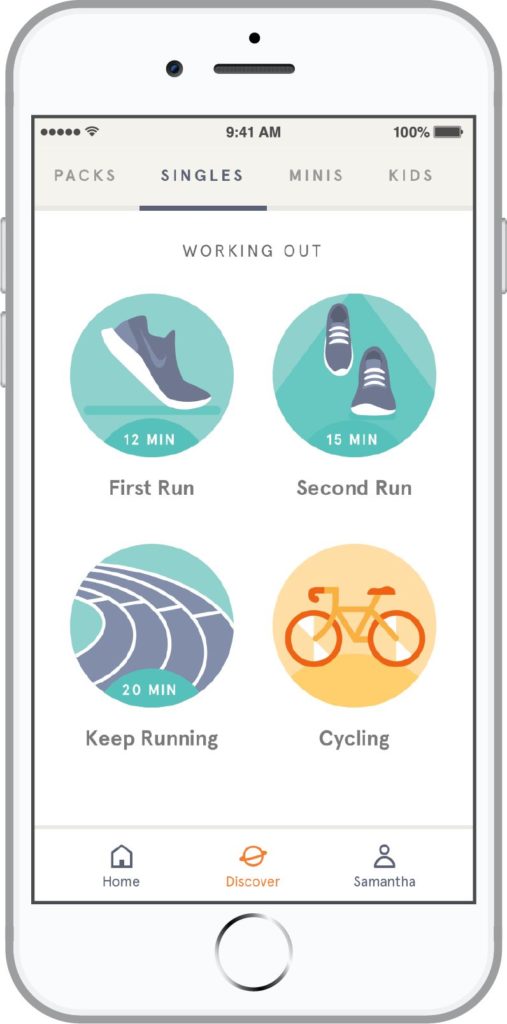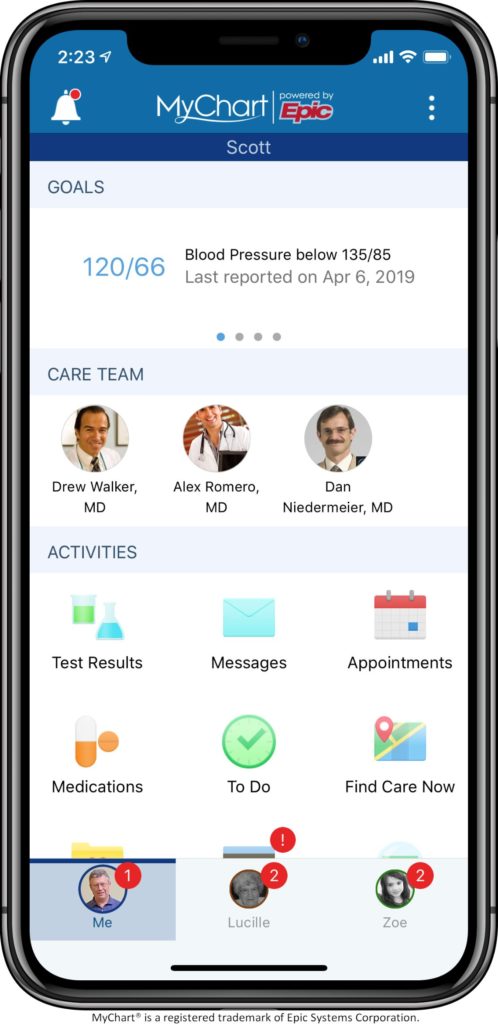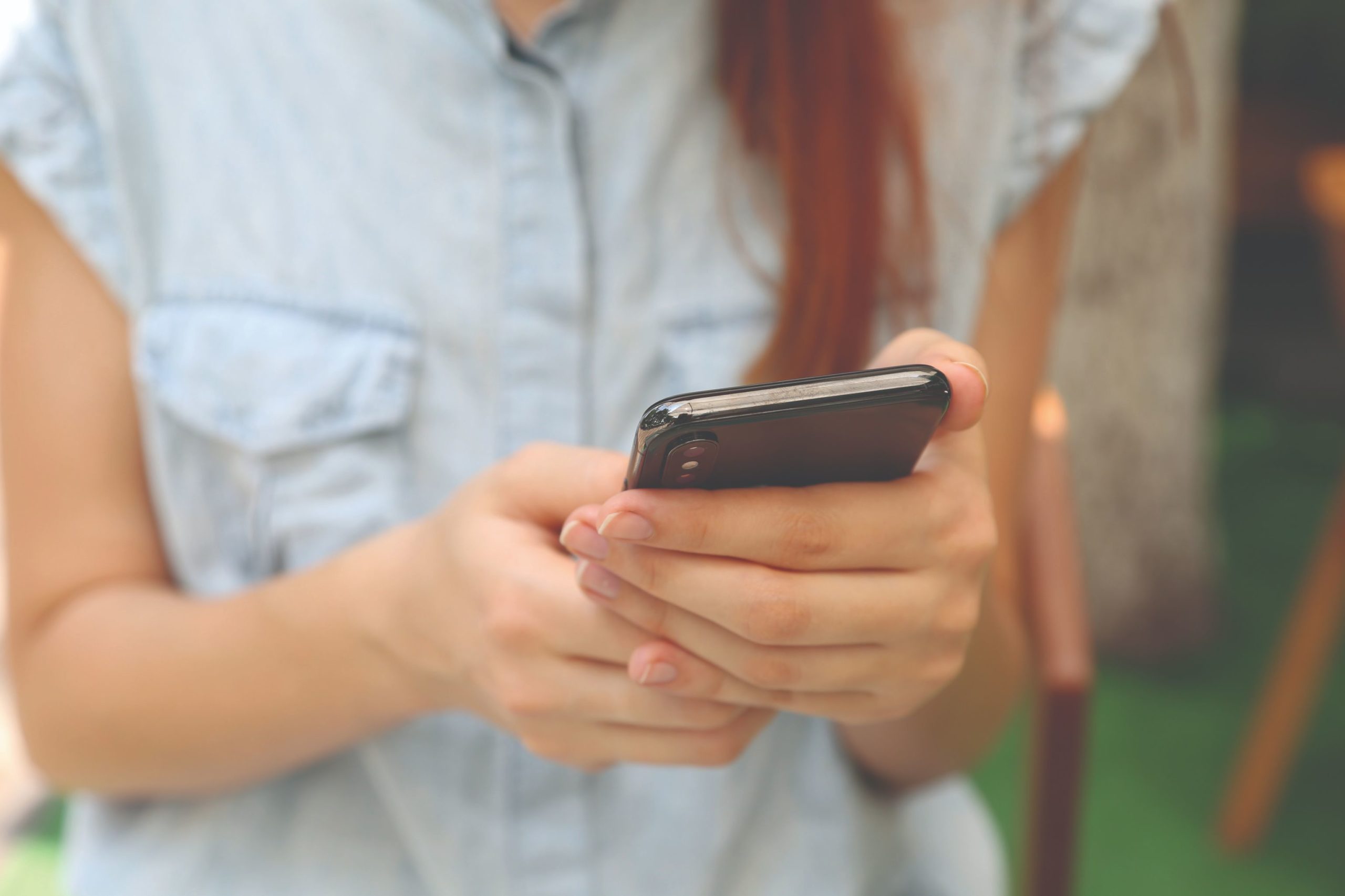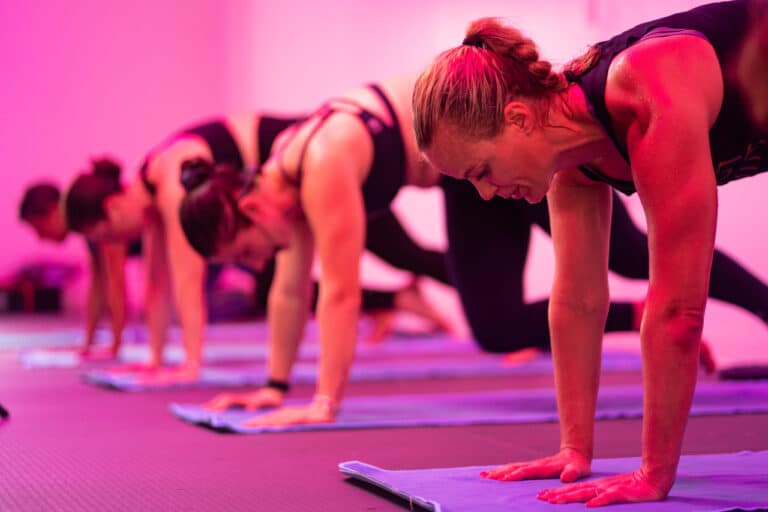Chances are that you’ve done a workout you found on YouTube or Instagram or booked an upcoming doctor’s appointment from your phone (likely while standing in line waiting for that never-ending kid activity to actually end.)
And while the convenience factor can’t be beat, it also illustrates the role that tech plays in health and wellness–with digital health a hot topic these days. Read on for a look at how particular aspects of technology, like apps, are helping to change the patient experience.
APPS AND MORE
Most people don’t have to go further than their primary care doctor’s office to see ways in which technology has impacted patient care—from being able to make the appointment online to the physician using electronic medical records to asking follow-up questions via email.
“We are completely electronic,” says Adeeti Gupta, MD, FACOG, the founder and CEO of Walk in GYN Care, a women’s health clinic with multiple locations in New York City. She explains that patients can fill out forms, make appointments and communicate with their doctor through their website and a secure patient portal.
And outside the office, there are tons of health and wellness apps—more than 300,000 of them, according to some reports. While many are for consumers, like the popular MyFitnessPal and Calm, others are geared towards physicians and healthcare workers.
“Apps can be extremely helpful with patient care,” says Gail Fennell, MD, an internal medicine physician at Greenwich Hospital, in Greenwich, CT, who has a concierge practice with Northeast Medical Group in Rye Brook, NY—both part of Yale New Haven Health. She notes that apps run the gamut—from stress reduction and biofeedback to weight loss. “They provide a tool for patients to document their habits in real time and they are generally easily reviewed when visiting with the doctor,” she says.

Some that she uses in her practice include Headspace, a meditation app, for stress and anxiety; Pzizz for sleep, nap and focus; and Inner Balance for biofeedback. “Patients are generally very open to apps once you narrow things down for them a bit,” she says. “The app world is enormous and overwhelming if you just start clicking.” Plus, she’ll often ask patients what they’re using—and recommend popular ones to other patients.

As for those that physicians use, Christopher Davison, MD, the medical director of Emergency Medicine at Greenwich Hospital points to Epic, the electronic medical record used at hospitals and physician offices across the Yale New Haven Health network; and Haiku, the Epic application that allows caregivers access to Epic through a personal device. For example, he explains one of the most common uses is in the emergency room where, for instance, “if a patient has a wound or a rash, a clinical photo can be taken and uploaded into a patient’s medical record. This app facilitates communication and helps improve care, he says.
He also likes Mobile Heartbeat, an app that is used across units and clinicians that “allows direct communication between clinicians to call or text regarding patients,” he says—as well as to check lab results and data, all from a device.
And there are some apps that work somewhere in between, like HealthSnap, which Jan Zislis, M.D., FACEP, uses at his concierge medical practice, Modern Medical, in Purchase, NY. Zislis subscribes to the platform and then provides patients access. Together, they’re able to create a profile for the patient and track everything from sleep to weight to exercise. He says that it gives both him and the patient “an interactive approach to their wellness.”
CONCIERGE CARE
Technology—and the patient experience— also play a role in concierge medicine. Zislis explains that the relationship between a doctor and patient is different in concierge medicine—and that a concierge doctor will act as a trusted medical source and friend, advocate for the patient, and help them navigate medical needs.
Usually, patients pay a monthly or annual membership fee—which isn’t covered by insurance—that provides them with things like 24/7 access to their doctor, a quick turnaround time for appointments and unhurried visits, says Zislis. The process is explained on his website. In his practice, services can range from home visits to prescription maintenance.
Of her concierge practice, Fennell says: depending on the circumstance.” She says that as the sole provider in her practice, she knows her patients extremely well. “This type of relationship allows me to have a better understanding of their entire physical picture—their physical and mental health, but also work, family and social stressors, and anything else that might impact their well-being,” she explains.
Technology is an integral part of the picture. As Fennell mentions, her patients can email or text her at any time—she’s even had a patient text her with an issue while in Africa. They can also do things like send her photos, which might mean the ability to skip an in-office visit, she says. Zislis echos that technology, “allows for almost immediate electronic communications with the physician, as well as virtual visits through FaceTime or Skype.”
FINDING THE BALANCE
But while technology is important in today’s health and wellness landscape, there are still some important points to keep in mind. “Technology can be a great thing, but like everything, it needs to be used correctly,” says Fennell. “It is not a replacement for medical advice, but rather a supplement to engage, support and educate patients.”
For example, while electronic medical records—and the computers they’re stored on—are helpful for organization and streamlining patient information, Fennell says, “they can interfere with patient care at times. They have multiple screens that require navigating through to find the information needed, which is a distraction. They can also be a physical barrier between the physician and the patient.” In her concierge practice, for example, though she uses an electronic medical record, it doesn’t come in the room when she’s with a patient.
And with apps, sometimes patients might rely too heavily on them, says Gupta. She points to menstrual and fertility tracking apps, which can make people think they’re ovulating, for example, when they might not be. “This can create extra anxiety amongst patients if [they] completely rely on an app telling them what to do,” she says.
Still, the role of technology has a lot of positives. Says Fennell: “From the patient’s perspective, I think they are comforted at knowing that I truly know everything about them and that I am just a text away, no matter where in the world they are.”




